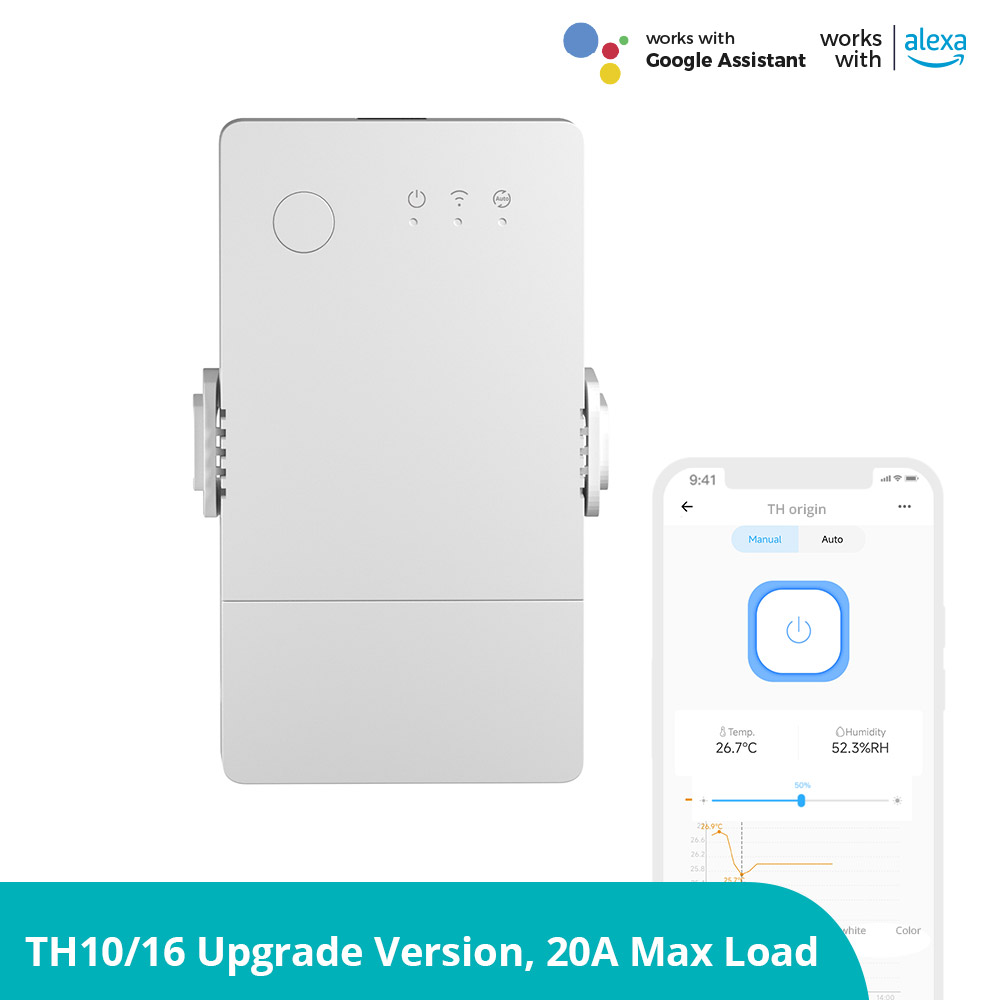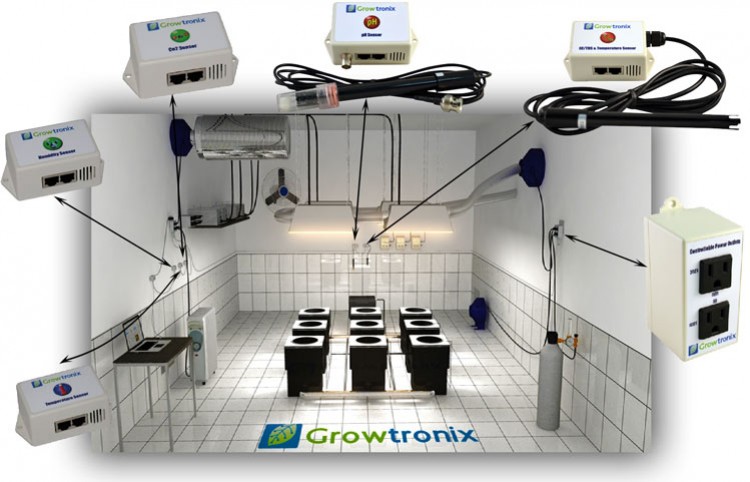I did a search on riu for "trolmaster" and found one thread/result. I have no experience using trolmaster and I'm therefore, obviously, not commenting on it's quality or performance. I'd love to try/have one. 
So, I'd like to know what solutions people are using for monitoring and controlling their garden environment (temp, rh, light). It can be wired or wireless. Please, feel free to give details on how things are connected, and definitely what gear it's controlling. I'm looking for suggestions.
Control abilities needed: Temp (heating and/or cooling), Humidity (humidify or dehumidify), photocell (lights on and off, at least - sunrise/set function is bonus. as well as for separate day and nite temp/rh settings). That's really it. It's its capable of adding monitors/controls for co2 - that's bonus too.
I've had looks into (and forgot some maybe):
TrolMaster
Growtronix
the standars (auto pilot, etc.)
This is just "rant":
I'm getting a little discouraged now, haha. I thought trolmaster was a good value/route. I even found a place or two in canada that sells their stuff. But the additional required gear keeps adding up and it's getting to the point where I might as well look at other options now again.
Correct me if I'm wrong...
But the main Hydro-X controller unit does nothing but monitor/display temperature and humidity. It has a photocell, but that does nothing on it's own. So that's it, it has a screen and a 3 in 1 sensor for whatever price you can get it for.
If you want it to control something (that's why you bought it) you need to buy the correct lighting adapter. Then you probably need the correct wiring adapter to connect to that lighting adapter. Then you need to make sure that your drivers (if LED) can be dimmed to 0%/off or only 10%, if they only dim to 10% you'll need to buy another piece of kit - a timed outlet/station to turn the driver on (or on first, if you want to dim it after it's on, or simulate sunrise/set, etc.).
If you want to control a temp device (you do) you buy another device station, and it's only good for a (one) temperature device. If you want to control a humidity device (you do) you buy another device station, and it's only good for a (one) humidity device.
Those device stations are basically $100 each, and that's the "cheaper" ones that are either 120v or 240v, and they can't be used for more than 10amps... and the dehumidify device says a max of 7amps.
If you want to control the three things that the 3 in 1 sensor that comes with the unit can monitor, you actually need to double the price.
Sounds like a great value at first. I like the modularity of it, but...a kit that ships and is able to actually control things would be nice, in my opinion.
Rant off.
So, I'd like to know what solutions people are using for monitoring and controlling their garden environment (temp, rh, light). It can be wired or wireless. Please, feel free to give details on how things are connected, and definitely what gear it's controlling. I'm looking for suggestions.
Control abilities needed: Temp (heating and/or cooling), Humidity (humidify or dehumidify), photocell (lights on and off, at least - sunrise/set function is bonus. as well as for separate day and nite temp/rh settings). That's really it. It's its capable of adding monitors/controls for co2 - that's bonus too.
I've had looks into (and forgot some maybe):
TrolMaster
Growtronix
the standars (auto pilot, etc.)
This is just "rant":
I'm getting a little discouraged now, haha. I thought trolmaster was a good value/route. I even found a place or two in canada that sells their stuff. But the additional required gear keeps adding up and it's getting to the point where I might as well look at other options now again.
Correct me if I'm wrong...
But the main Hydro-X controller unit does nothing but monitor/display temperature and humidity. It has a photocell, but that does nothing on it's own. So that's it, it has a screen and a 3 in 1 sensor for whatever price you can get it for.
If you want it to control something (that's why you bought it) you need to buy the correct lighting adapter. Then you probably need the correct wiring adapter to connect to that lighting adapter. Then you need to make sure that your drivers (if LED) can be dimmed to 0%/off or only 10%, if they only dim to 10% you'll need to buy another piece of kit - a timed outlet/station to turn the driver on (or on first, if you want to dim it after it's on, or simulate sunrise/set, etc.).
If you want to control a temp device (you do) you buy another device station, and it's only good for a (one) temperature device. If you want to control a humidity device (you do) you buy another device station, and it's only good for a (one) humidity device.
Those device stations are basically $100 each, and that's the "cheaper" ones that are either 120v or 240v, and they can't be used for more than 10amps... and the dehumidify device says a max of 7amps.
If you want to control the three things that the 3 in 1 sensor that comes with the unit can monitor, you actually need to double the price.
Sounds like a great value at first. I like the modularity of it, but...a kit that ships and is able to actually control things would be nice, in my opinion.
Rant off.






